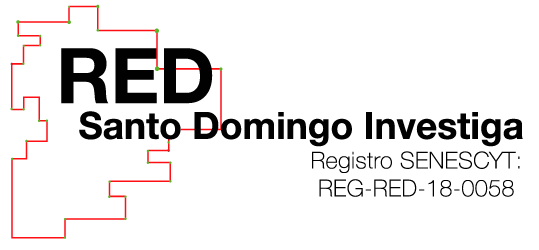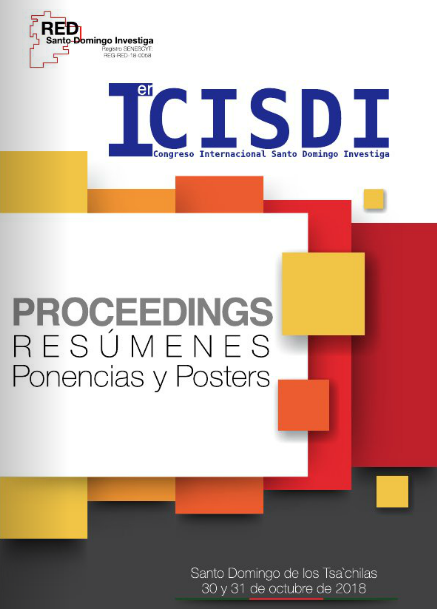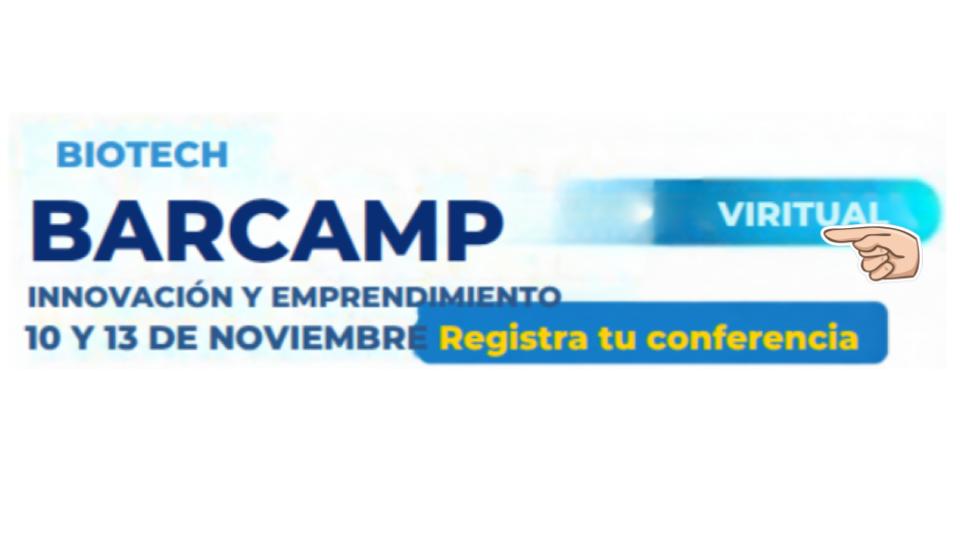RESUMEN
Para algunos autores existe una segunda revolución industrial marcada por el rápido crecimiento del control automático de procesos, el principio de estos sistemas es la aplicación del concepto de realimentación o feedback, con lo cual se le entrega información del estado actual de las variables que se desea controlar y generar las acciones correctivas de ser necesarias. El uso de las computadoras hizo posible que se aplique de forma más óptima este control automatizado, a través de los sistemas digitales se controlan las operaciones mediante números binarios en forma discreta, las aplicaciones en una computadora responden en su mayoría a la lógica proposicional, que requiere de la simplificación o simbolizar oraciones o juicios para poder operar sobre ellos y evitar la ambigüedad del lenguaje natural.
Pero el lenguaje formal que en un principio ha permitido a los sistemas digitales representar las actividades humanas mediante un modelo matemático, no se adapta de buena manera al mundo real, pues no es capaz de comprender los cuantificadores del lenguaje natural, como por ejemplo: poco, ya mismo, cerca, muy lejos, entre otros.
La mayoría de las instrucciones o información que procesamos los seres humanos está dada mediante formas lingüísticas imprecisas o vagas, por ejemplo la percepción de la temperatura en una habitación se la puede interpretar como poco frío, mucho frio, un poco caliente, moderada, entre otras. En este caso se hace referencia a los conjuntos difusos (extensión de la teoría clásica de los conjuntos bi-valuados), con estos se intenta modelar esta ambigüedad con la que se perciben las variables y son la base de la teoría de lógica difusa o razonamiento bajo incertidumbre, descrita como un sistema interpretativo en el cual se relacionan a los objetos con un conjunto cuya frontera no está definida de forma concreta o nítida, más bien mediante una función de pertenencia se define el grado de propiedad de un elemento a un conjunto específico.
Al combinar los conceptos de control automático con la lógica difusa se define el concepto de control difuso, con los cuales se trata de desarrollar en MATLAB un prototipo de sistemas de control difuso para el aire acondicionado de un laboratorio de cómputo, parte de la adaptación previa para introducir el estado de las variables al control (fusificación), determinar las reglas de inferencia difusa y su evaluación mediante la metodología de tipo Takagi - Sugeno para el motor de inferencia y el proceso de defusificación que será el responsable de regular la temperatura, prender y apagar el aire acondicionado para controlar la temperatura y a la vez el control en el consumo de energía eléctrica.
Palabras clave: Lógica difusa, control difuso, control automático, razonamiento bajo incertidumbre.
ABSTRACT
Automatic control systems for an air conditioning based on fuzzy logic.
For some authors there is a second industrial revolution marked by the rapid growth of automatic process control, the principle of these systems is the application of the concept of feedback, which gives information about the current state of the variables that want to control and generate corrective actions if necessary. The use of computers made possible to apply this automated control more optimally; operations are controlled by discrete binary numbers through digital systems, applications on a computer respond mostly to propositional logic, which requires simplification or symbolizing sentences or judgments in order to operate on them and avoid the ambiguity of natural language.
But the formal language that at the beginning has allowed digital systems to represent human activities through a mathematical model, does not adapt in a good way to the real world, since it is not able to understand the quantifiers of natural language, such as: little , right now, close, far away, among others.
Most of the instructions or information that we process human beings is given by vague linguistic forms, for example the perception of temperature in a room can be interpreted as little cold, very cold, a little hot, moderate, among others. In this case, reference is made to fuzzy sets (extension of the classical theory of bi-valued sets), with these attempts to model this ambiguity with which variables are perceived and are the basis of fuzzy logic theory or reasoning under uncertainty, described as an interpretive system in which objects are related to a set whose boundary is not defined in a concrete or clear way, rather by means of a membership function the degree of ownership of an element to a specific set is defined.
By combining the concepts of automatic control with fuzzy logic, the concept of fuzzy control is defined, with which it is trying to develop in MATLAB a prototype of diffuse control systems for the air conditioning of a computer laboratory . part of the previous adaptation to introduce the state of the variables to the control (fusification), determine the rules of diffuse inference and its evaluation by means of the Takagi - Sugeno type methodology for the inference engine and the defusification process that will be responsible for regulate the temperature, turn on and off the air conditioner to control the temperature and at the same time control the consumption of electrical energy.
Keywords: Fuzzy logic, fuzzy control, automatic control, reasoning under uncertainty.
AUTORES
Sampedro Guaman, Carlos Roberto
Mendez Garces, Erik Fernando
Machuca Vivar, Silvio Amable














